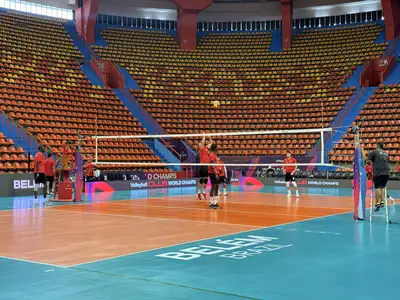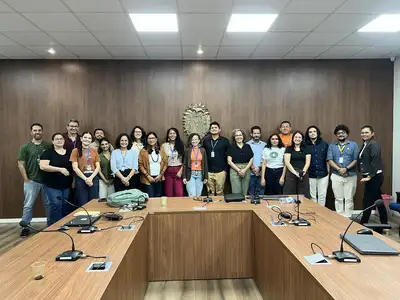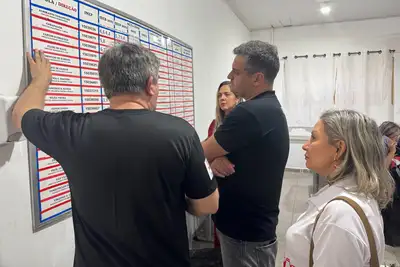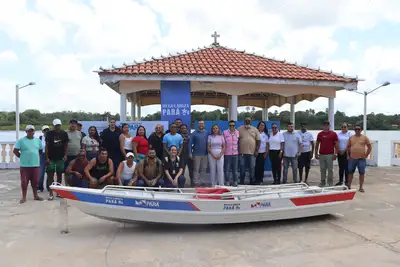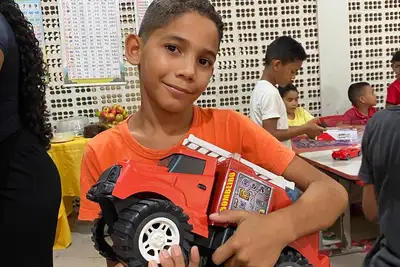Sespa strengthens training for chemical, biological, radiological, and nuclear emergencies
Training aims to strengthen the integration of the health sector and improve response to risk situations during major events
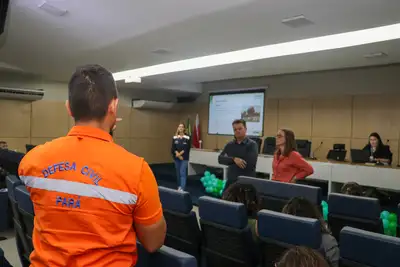
The State Department of Public Health of Pará (Sespa), in partnership with the Ministry of Health, held a Tabletop Exercise for the Health Sector's Preparation for Chemical, Biological, Radiological, and Nuclear (CBRN) events on Thursday (23). The activity took place in the Sespa auditorium and brought together various institutions involved in prevention and emergency response actions.
The exercise aimed to test operational protocols, integrate the involved sectors, and enhance the capacity for rapid and efficient response to risk situations, ensuring safety and adequate care for the population.

According to Roberta Souza, the director of the Department of Environmental and Worker Health Surveillance at Sespa, the exercise is a fundamental preparation step.
“This is a tabletop exercise aimed at situations involving CBRN agents in mass events that require integrated response. The training seeks to align the health sector with other involved institutions, such as the armed forces, Fire Department, Civil Defense, Municipal Health Department (Sesma), Federal University of Pará (UFPA), and Evandro Chagas Institute (IEC), among others. We are putting into practice the proposed response flows and testing the protocols developed to confirm the effectiveness of the care provided,” she emphasized.
In Pará, two reference hospitals have been designated for CBRN incidents: the Metropolitan Emergency Hospital (HMUE) and the João de Barros Barreto University Hospital (HUJBB). In the morning, teams from Sespa, Sesma, and the Ministry of Health conducted technical visits to the units to verify, on-site, the internal protocols and assess the specific structures set up for this type of care. The HUJBB will be a reference for responses involving biological agents, while the HMUE will be responsible for chemical and radiological agents.
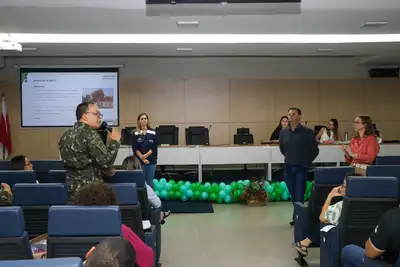
During the exercise, fictional situations were presented, including an incident involving radiological material to test the response flow of the Metropolitan Hospital, and another involving biological material, concerning the Barros Barreto Hospital. The simulations covered both extra-hospital and intra-hospital scenarios, assessing the coordination and efficiency of joint actions among the participating institutions.
For Juliana Fazolo Marques, who is a technical reference for chemists in the CBRN technical area of the General Coordination of Preparation and Response of the Department of Public Health Emergencies of the Ministry of Health, the joint action between the MS, Sespa, and Sesma is essential for the technical preparation of mass events.
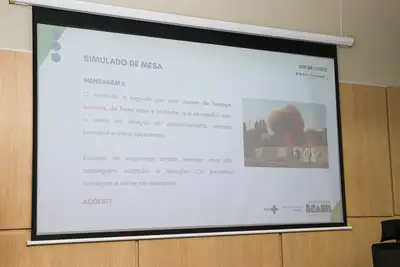
"The tabletop exercise is part of this joint effort aimed at strengthening the response capacity of teams in the face of complex emergencies that may occur and involve CBRN agents. This activity aimed to test flows that were previously defined between the backup hospitals and the involved institutions, as well as to promote alignments that were still open. It is an important and essential step to consolidate a rapid and coordinated public health response,” she emphasized.
Text: Ascom Sespa



